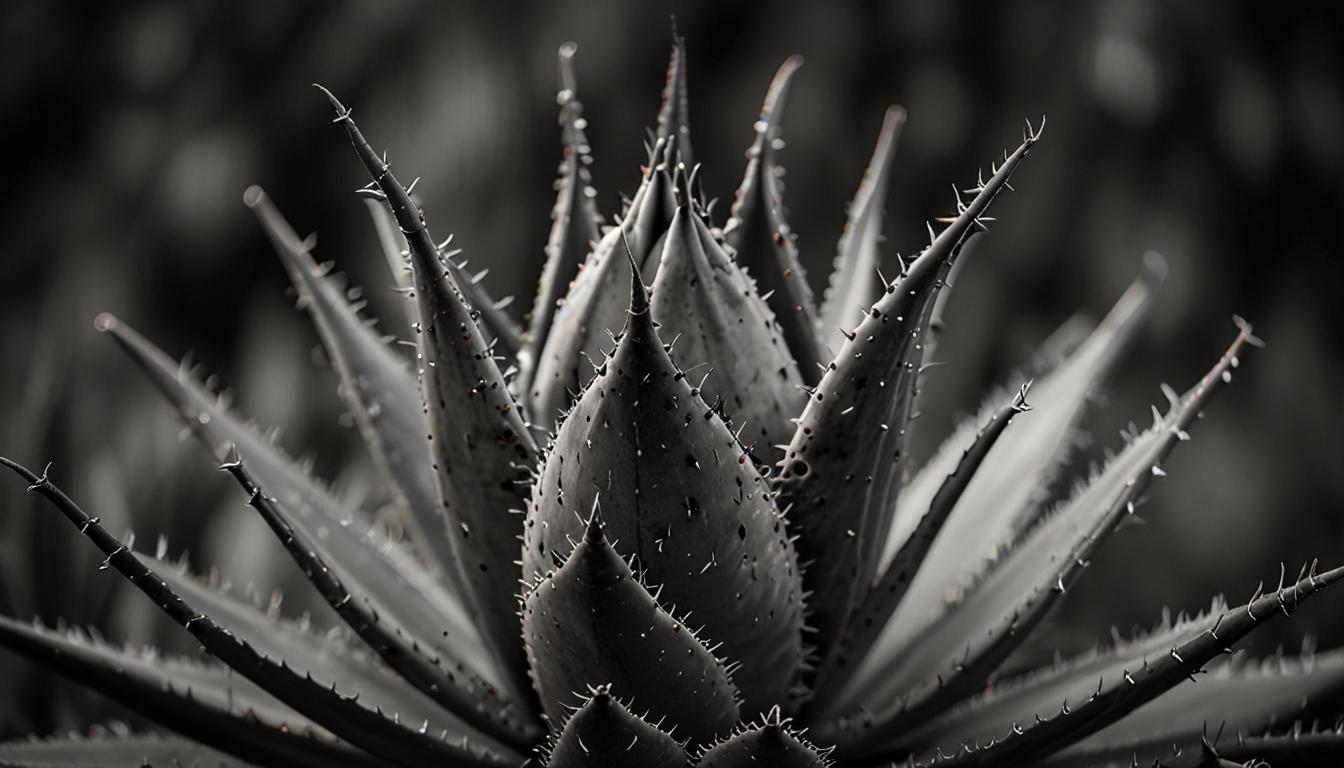Visitors at the Greater Des Moines Botanical Garden will witness a unique spectacle as an Agave ovatifolia, a frosty blue succulent, prepares to unfurl its death bloom after a decade of growth. Meanwhile, gardeners are exploring natural alternatives like vinegar and boiling water for effective weed control and eco-friendly practices.
Agave ovatifolia at Des Moines Botanical Garden Prepares for Death Bloom
An Agave ovatifolia, commonly known as a frosty blue succulent, is about to unfurl its death bloom at the Greater Des Moines Botanical Garden. This rare event occurs 10 years after the plant was planted under the garden’s glass dome. Education coordinator Paige Shafer explained that the bloom started developing in May and is expected to reach up to 14 feet in height.
The upcoming two weeks are anticipated to be the most visually striking, with the plant producing green and yellow flowers that will remain for about a week. Following this, seed buds will form and the plant will then gradually die. The bloom signifies the culmination of the plant’s lifecycle, as the Agave ovatifolia is monocarpic, blooming just once before it perishes. While such sights are typical in the Southwest, they are uncommon in Iowa.
The Greater Des Moines Botanical Garden is located at 909 Robert D. Ray Drive and operates from Tuesday to Sunday with varying hours. Ticket prices are set at $12 for adults, $11 for seniors and veterans, $9 for children aged 2-12, and free for those younger.
Gardening Strategies: Using Vinegar and Boiling Water for Weed Control
Gardeners seeking natural weed control methods have increasingly turned to household items like vinegar and boiling water. Vinegar, particularly household types with a 5% concentration, is lauded for being less toxic compared to traditional chemical weedkillers. It effectively kills weeds upon direct application but can also harm surrounding plants and disrupt soil pH, which poses risks to beneficial insects like bees.
Experts recommend using vinegar cautiously, applying it during times when bees are less active and focusing on spot treatments rather than widespread application.
Boiling water is another eco-friendly alternative, particularly effective on hard surfaces like patios and driveways. It kills weeds by scalding them at the roots, especially useful for broadleaf weeds. However, it is less effective on perennial and woody plants. For best results, experts advise using a tea kettle to direct the boiling water precisely onto the weeds and trimming the weed foliage before application.
These methods highlight the balance gardeners seek between effective weed control and ecological responsibility.













